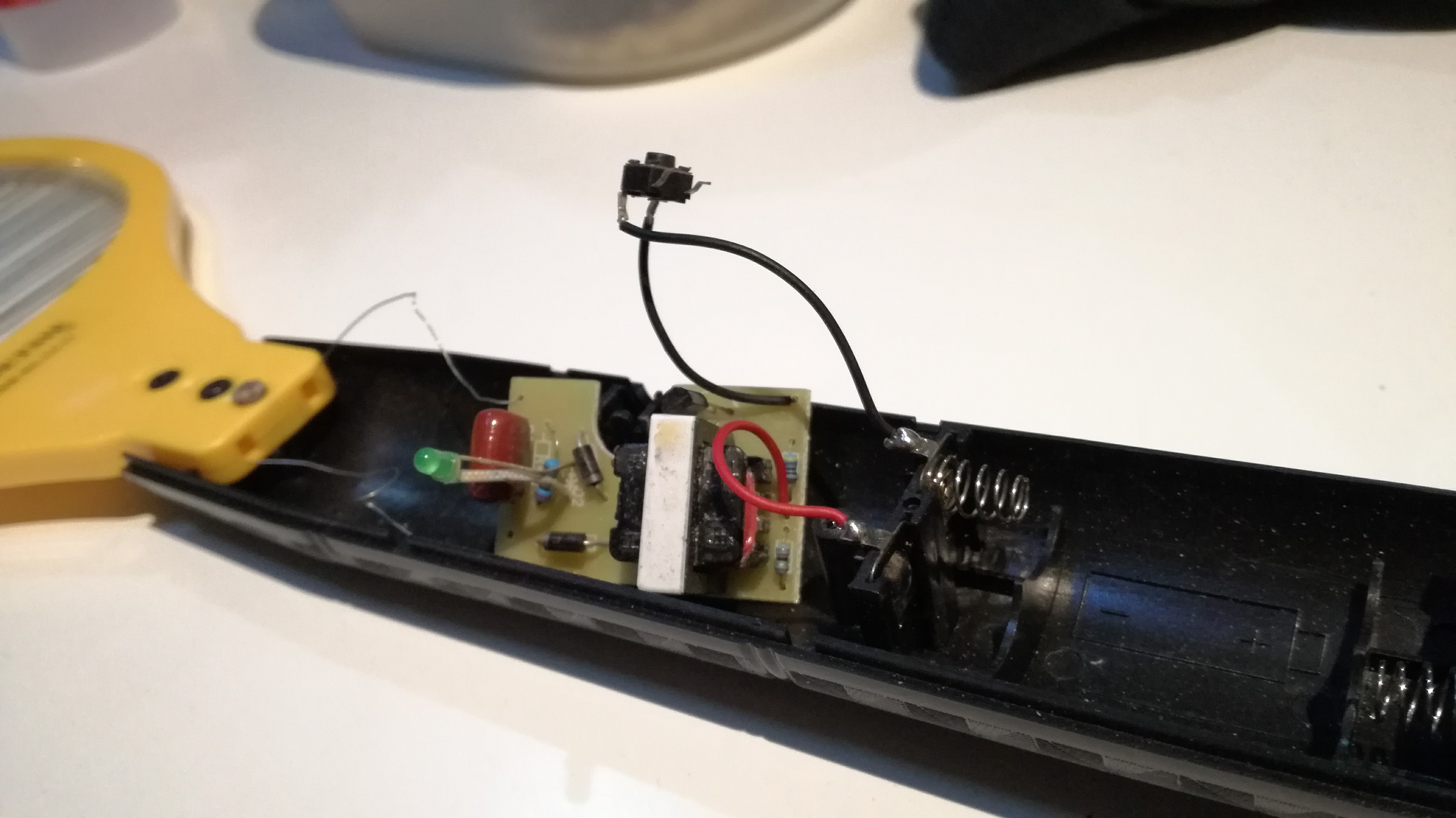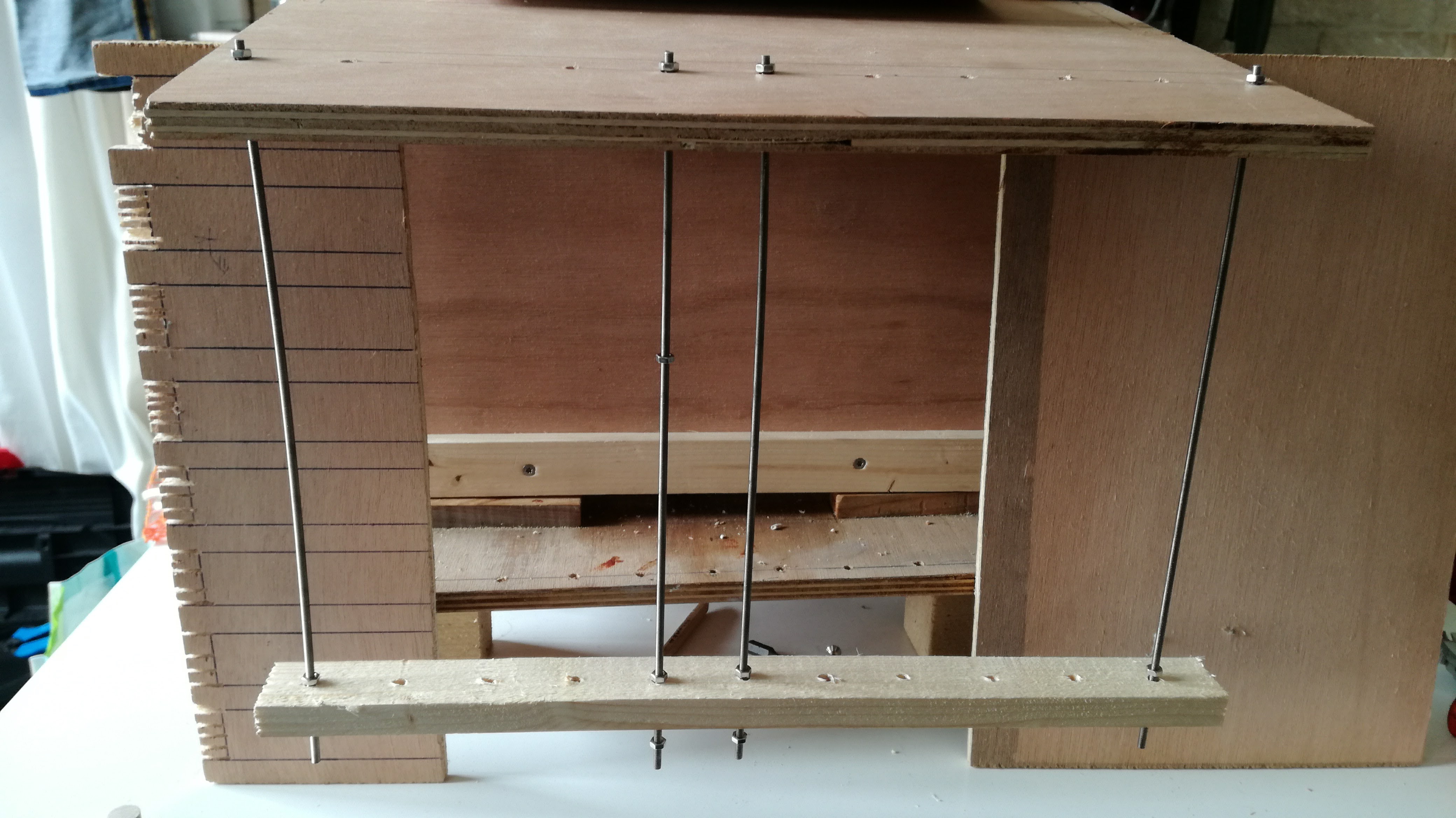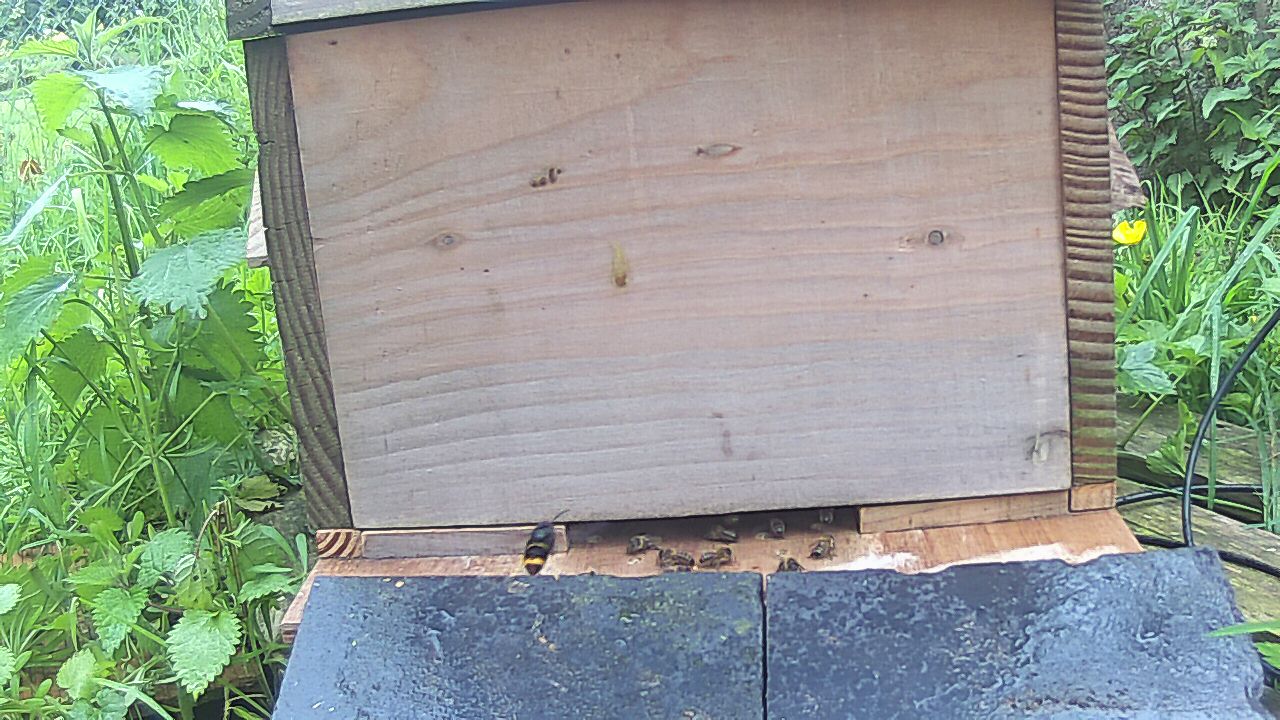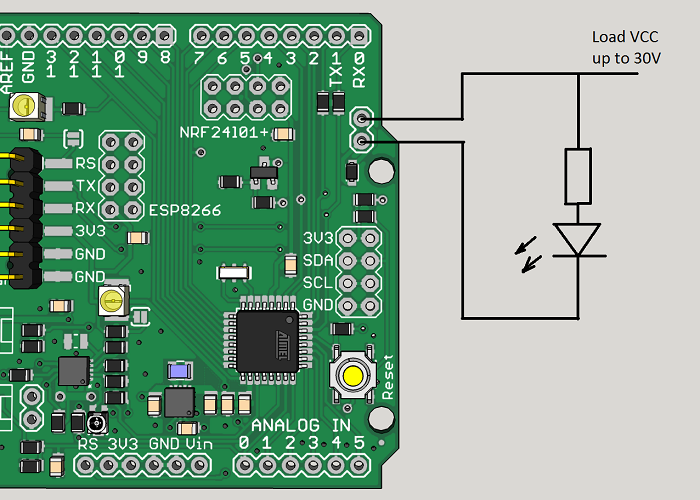Hello,
I would like to use the mosfet of the Ceech board: ATmega328p board w/ NRF24l01+ socket LTC4079
In the doc is indicated that it is wired do digital 3.
I have modified the "blink without delay" sketch
const int MOSFET = 3;
int loadState = LOW;
unsigned long previousMillis = 0;
const long interval = 2000;
void setup() {
// put your setup code here, to run once:
pinMode(MOSFET, OUTPUT);
digitalWrite(MOSFET, HIGH);
Serial.begin(9600);
}
void loop() {
unsigned long currentMillis = millis();
if (currentMillis - previousMillis >= interval) {
// save the last time you blinked the LED
previousMillis = currentMillis;
// if the LED is off turn it on and vice-versa:
if (loadState == LOW) {
loadState = HIGH;
} else {
loadState = 0;
}
// set the LED with the ledState of the variable:
digitalWrite(MOSFET, loadState);
Serial.print("state: ");Serial.println(loadState);
}
}
I don't understand how it works, I have tried to measure continuity with a voltmeter, I have tried to wire a led between vcc, cuting the gnd with the mosfet without success.
Does anyone would be explain how I can use it ?
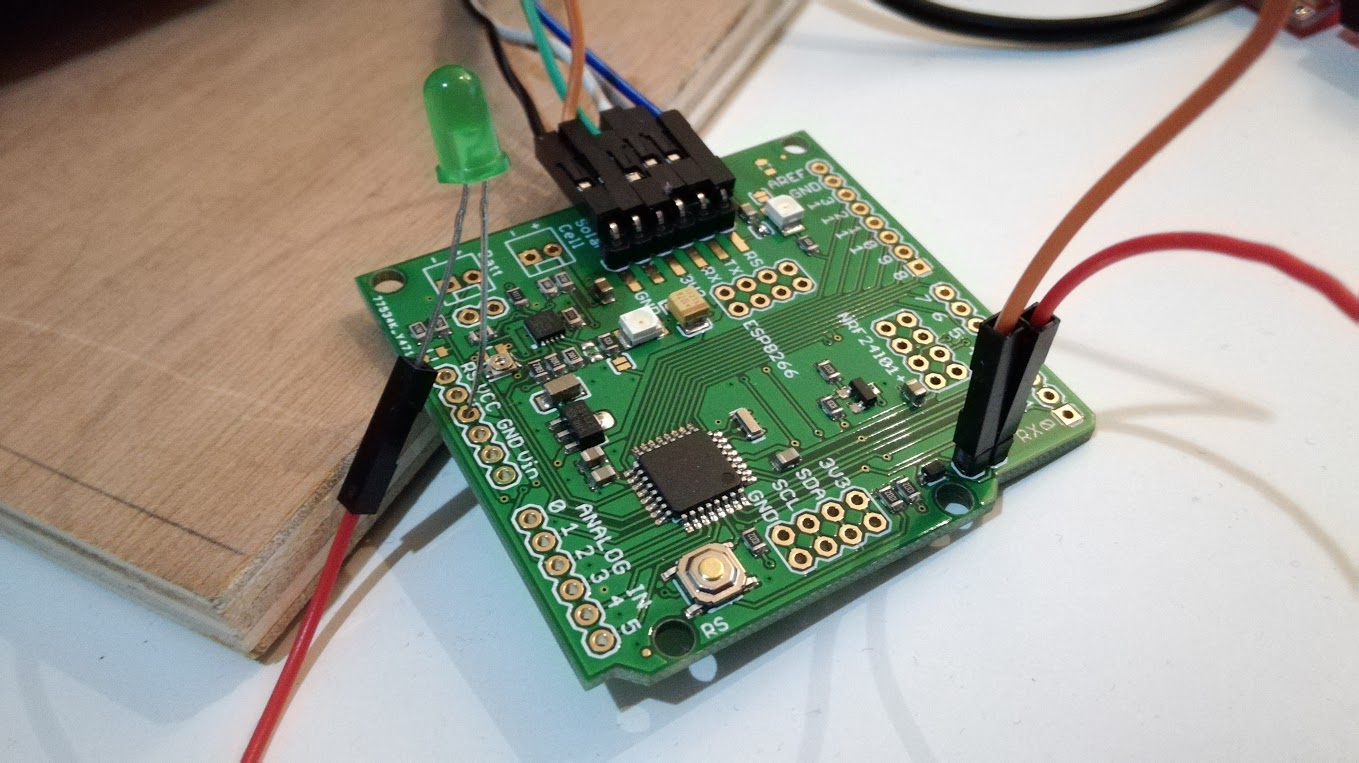
I would like to make an electrical barrier to protect my beehive from vespa velutina using a mosquito racket :
